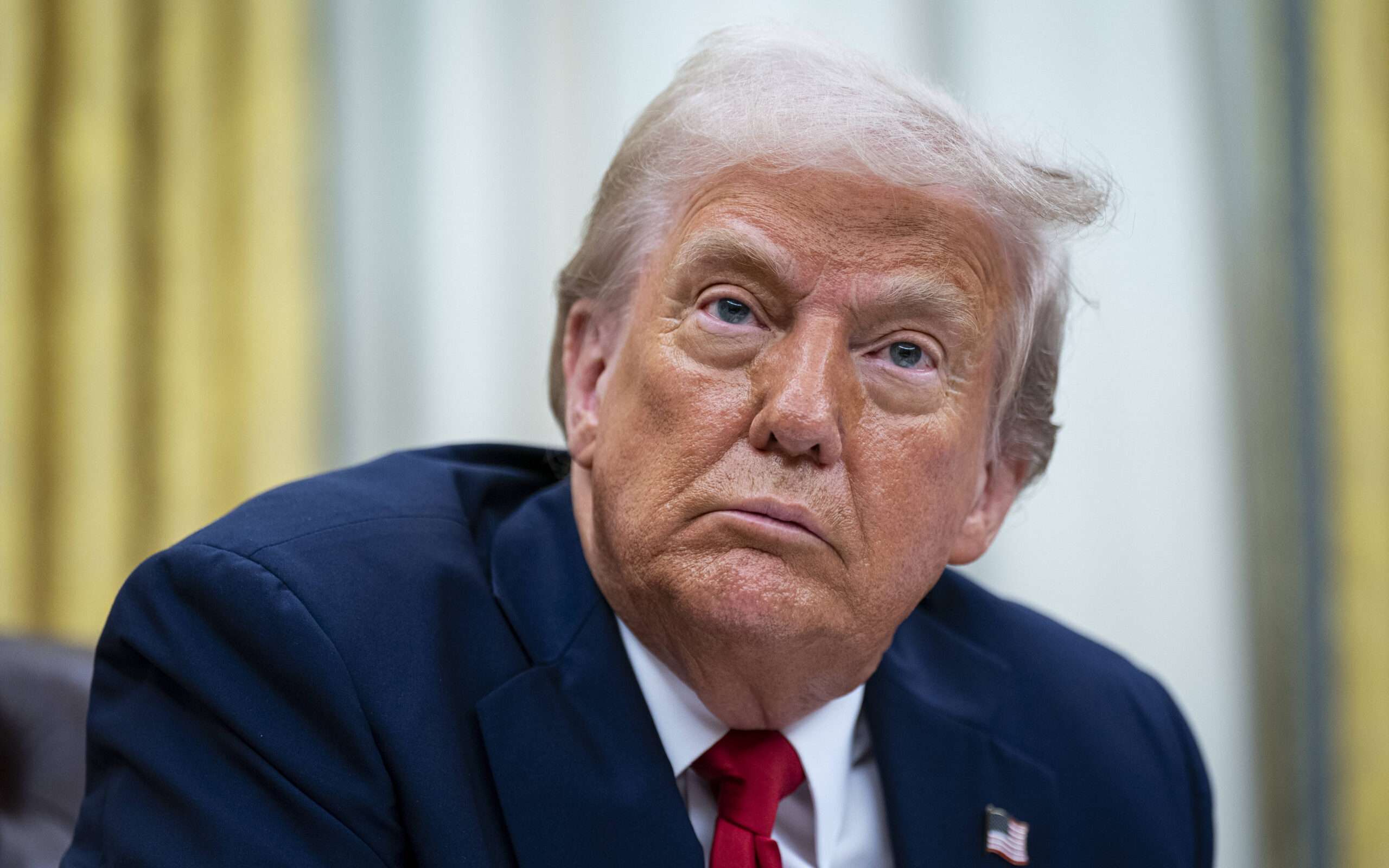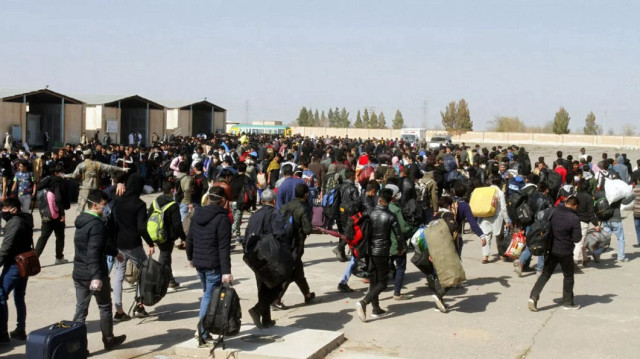Behind Closed Doors: US-Iran Nuclear Negotiations
As tensions simmer, the US and Iran enter a crucial phase of diplomatic negotiations amid potential military escalation. Understanding the stakes and outcomes could reshape global geopolitics.
Published April 16, 2025 - 00:04am

Image recovered from app.myzaker.com
The international spotlight has intensified on the nuclear negotiations between the United States and Iran, as the two nations grapple with diplomatic engagement riddled with historical complexities and current geopolitical challenges. Recent dialogues mark a regeneration of efforts to address Iran's nuclear ambitions and America's concerns over nuclear proliferation, reigniting discussions that once teetered on the precipice of conflict.
Central to these negotiations is the venue choice, a strategic move reflecting the pivotal role that neutral territories play in mediating high-stakes diplomacy. Following a constructive first round in Oman, a nation renowned for its diplomatic mediation, the second phase is slated to take place in Rome. Italy's involvement underscores its commitment to facilitation in international peacekeeping endeavors. This progression promises a non-partisan environment conducive to open dialogue.
Adding another layer to these diplomatic exchanges are the statements emanating from capitals around the world. In Washington, former President Donald Trump, a vocal critic of the original 2015 Joint Comprehensive Plan of Action (JCPOA), remains adamant that Iranian nuclear weaponry is non-negotiable. His position underscores the military option as a contingency, emphasizing the importance of Iranian disarmament amidst broader geopolitical aims.
This militaristic undertone surfaces amid historical contexts where past US administrations oscillated between engagement and stringent sanctions, showing the tumultuous nature of US-Iran relations. The JCPOA—a linchpin of the Obama administration's foreign policy—has seen its framework continually tested. The US withdrawal in 2018 under Trump's administration left a vacuum, fostering skepticism about diplomatic reliability.
Conversely, Iranian officials, projecting a cautious openness, stress the civilian nature of their nuclear program. Iran argues for the lifting of crippling sanctions in exchange for curbing uranium enrichment, painting a picture of economic necessity entwined with sovereign rights. This remains a boon for economic activity, potentially rejuvenating its regional influence, but is also a point of contention with the US and its allies.
Negotiations thus are perched upon these intricacies, as parties like Steve Witkoff, US Middle East Envoy, and Abas Araghchi, Iran's Foreign Minister, delve into subtle intricacies of nuclear caps and inspection protocols. These interactions, though large in implications, occur mainly behind closed doors, leaving the global community speculating on outcomes.
The broader Middle Eastern theatre remains fraught with tensions exacerbating these dialogues, most notably with the involvement of regional stalwarts like Israel, watchful of any agreements that may embolden Iranian geopolitical prowess. The volatility in areas like Gaza and Lebanon forms strategic undercurrents that might destabilize ongoing talks.
Experts propose that concurrently addressing regional security concerns alongside nuclear discussions could bolster prospects for a sustainable agreement. This involves navigating the complex band of Iranian regional engagements, including its support for the likes of Hezbollah and Hamas, which the US sees as circuits of destabilization.
Ultimately, the success of these negotiations pivots on crafting a comprehensive framework. While Iran seeks sanction relief to stabilize economically and politically, the US insists on stringent, verifiable limitations that preclude any nuclear weaponry production potential. The coming weeks are crucial, with outcomes poised to influence not only bilateral relations but global diplomatic alignments.
The ongoing dialogue symbolically reflects the fragility and potential of diplomacy in averting conflict. As discussions continue, stakeholders worldwide await with bated breath, cognizant of the repercussions spanning continents should talks falter. The corridor to peace is fraught with historical baggage and present-day realities, underscoring the palpable necessity for diplomatic ingenuity.






